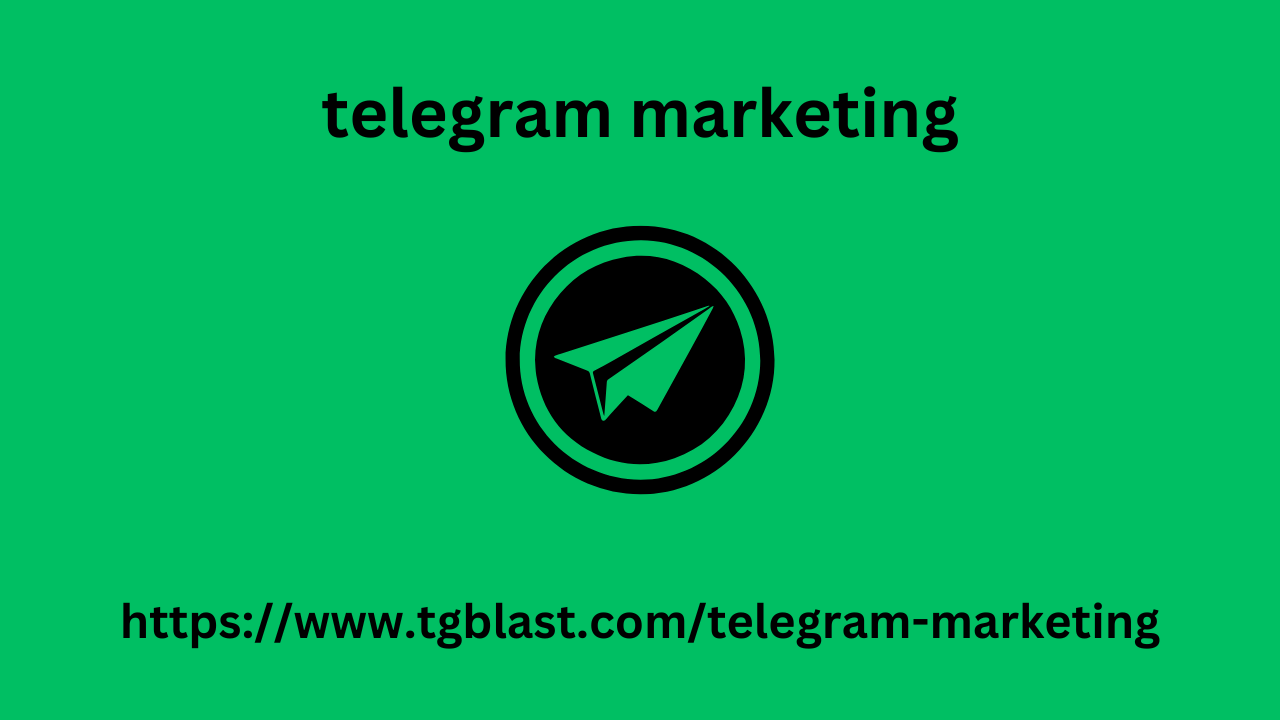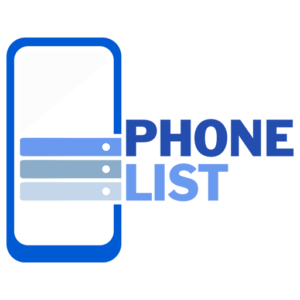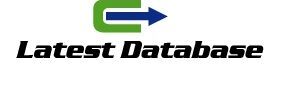The popularity of digital audio is growing rapidly. Digital audio advertising allows you to precisely reach your audience and achieve better results than many traditional formats. We explain why it is worth including digital audio in your media mix.
This year, digital audio advertising spending is expected to exceed $7 billion in the US. In the European Union, advertisers will spend around EUR 1 billion on this channel. Digital audio is growing at a rate of over 6% per year globally (CAGR forecast for 2024–2029). Locally, the dynamics are of course higher.
Digital audio may seem like a poorer medium than audiovisual formats – after all, it allows you to reach consumers with only telegram marketing one sense. Although this can be interpreted as an advantage, because the context of consumption makes them focus more on advertising. When driving a car, they are only able to receive audio messages. When running, we do not look at the phone screen, but only listen to an ad on Spotify.
With well-designed creative, appropriate media selection and precise targeting, digital audio can deliver results that are difficult to achieve using other methods.
Radio vs. Digital Audio – Differences, Advantages and Limitations
For many decades, the default channel for audio advertising was radio. On its distant margins, other forms of audio communication also functioned, such as promotions in store radio stations or announcements (including advertising) broadcast from street megaphones (a relic of communism still alive in the Czech and Slovak provinces). The Internet has turned this order upside down. Traditional radio is succumbing to the pressures of digitization and must compete with an increasingly rich offer of digital audio formats. Let’s look at the differences.
Radio
The unquestionable advantage of radio stations is their mass reach. According to Nielsen’s research, traditional radio reaches 92% of adult US residents every week. This proportion is hardly surprising. Radio is a common product, and FM waves can be easily encountered in public places, means of transport and workplaces. The proportions are similar in Poland. 26 million listeners (87% of Poles aged 15-75) turn on the receiver at least once a week, and 19.5 million people do so every day.
The mass nature of radio is also its disadvantage. Radio stations price their reach appropriately, but do not guarantee precise reach. As a result, advertisers who address their offer to narrowly defined target groups risk “burning” a large part of their budget. Radio advertising is also characterized by limited interactivity. In the case of online campaigns, it is easier to persuade recipients to take specific actions “here and now”.
Many digital platforms can boast a larger audience than traditional radio stations, but they provide users with the ability to choose content. Consumers are not forced to a specific message, but can freely choose from a range of content. This applies in particular to streaming services and podcast applications such as Spotify, Tidal, Deezer or Google Podcasts.
A certain drawback of digital audio channels is their dependence on the Internet, which may reduce the effectiveness of reaching listeners in some circumstances or geographic areas. Some recipients may also have reservations about the collection of personal data and marketing profiling. However, these are rather minor shortcomings compared to the benefits that digital audio offers advertisers.
Digital audio – why is it so effective?
The power of digital audio is not only about the possibility of precise targeting and personalization, but also results from the properties of the audio message itself. There is a wealth of data confirming the effectiveness of audio advertising.
Digital audio access channels
Digital audio reach channels are a variety of platforms and tools that enable the delivery of audio content to a wide audience. They include streaming platforms, such as the aforementioned Spotify and Tidal or Apple Music and Amazon Music, podcast platforms (Spotify, Google Podcasts, Apple Podcasts, Overcast), internet radio stations (RMF ON, Open FM, Radio Nowy Świat, Tuba.FM) supporting programmatic solutions, aggregators (iHeartRadio, TuneIn), mobile applications (such as the Polish Yanosik), computer games (so-called in-game audio ads), audiobooks (including on the Audible platform), and smart speakers (Amazon Echo, Google Nest).
Spotify
Spotify is a true giant of the streaming future prospects of seo whole-site optimization market. The platform is present in over 180 countries and boasts over 600 million users (including almost 250 million paid premium subscribers). The service’s library is equally impressive, with over 100 million songs, 6 million podcasts and 350 thousand audiobooks. The service is available in a free version with ads or in a paid version without ads. Spotify has also put down roots in Poland.
In-app digital audio, or audio advertising in applications
In addition to streaming services, including digital radio, for which digital audio is a “natural” format, audio advertising is also supported by applications for other purposes.
The app also offers graphic formats, but in australia data its case, audio seems to be the ideal solution – a driver who focuses their eyes on the road will probably be more effectively reached by an audio ad.
Audio Advertising in Games
Games are also applications, but they are worthy of special attention. According to estimates, their number of users is around 3.2 billion, of which almost 1.2 billion are online players. The market is huge, as is its advertising potential and the availability of formats.
For short-form content, the figure is as high as 95 percent. The findings come from an analysis of 75 million airings across 400 games, which seems like a fairly robust sample.







